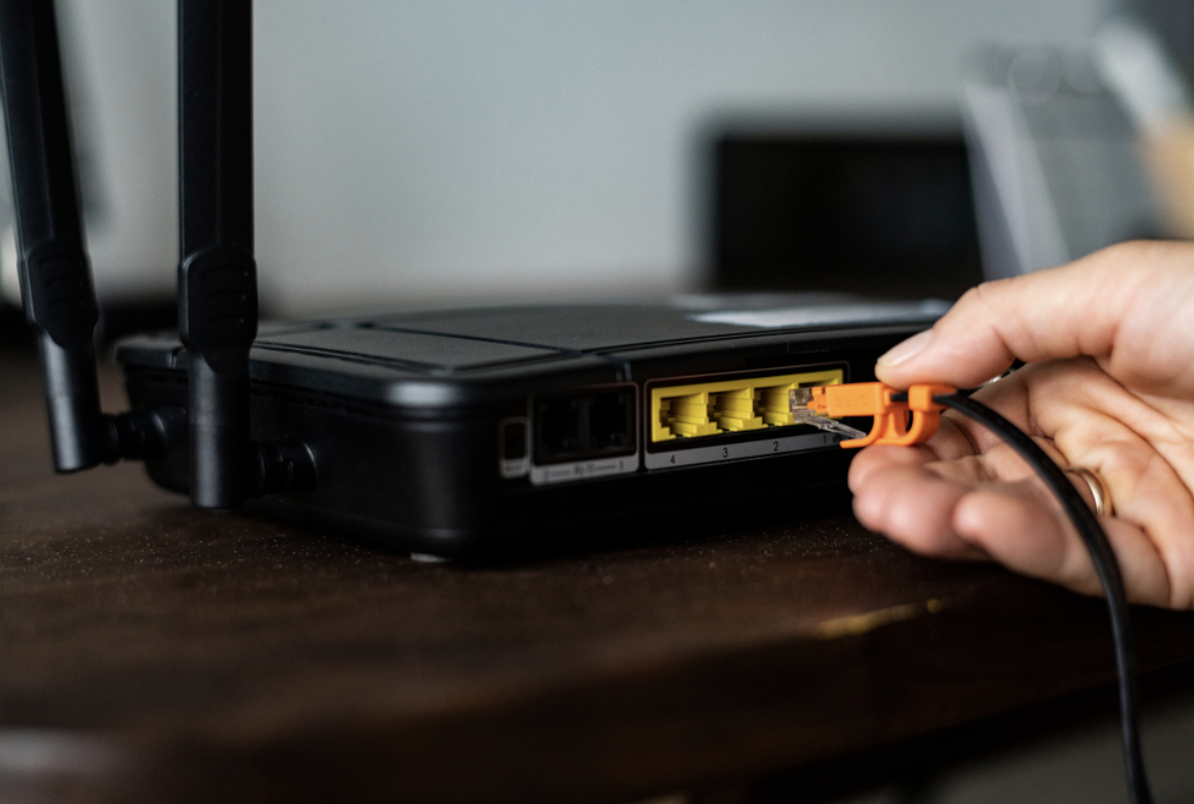WiFi in all of it’s glory connects your favorite devices at home or in the office to the wonderful World Wide Web. Get to know your WiFi so you can set it up right and skip the brain-numbing buffering. Here are a few things to keep in mind when configuring your WiFi:
How is Your WiFi Used?
How many devices can your router handle? Are you part of a family of eight? Do you have a couple of roommates or are you flying solo? Is this an office setting with a multitude of crucial connected smart devices?
When too many devices are connected at the same time, your speed will likely suffer. Set up a whitelist from inside your router to prevent others from accessing your WiFi. If you still have trouble, double-check that your current plan can handle all the activity.
Top Shelf
A place for everything and everything in its place. That’s never more true than where you decide to put the location of your router. Where are the most important access points for your WiFi? Where is a good central location to reach those areas? Set the router in the same room as the static devices you use the most. For some, that may be on the main floor where their desktop resides. For others, it may be upstairs in a bedroom where they want WiFi for late night Netflix binging.
Place the router high on a shelf or ledge and keep it off the floor for the best connection. Avoid proximity to electronics, including the fridge, baby monitor, microwave, large fish tanks, and Bluetooth devices. Those items love to interfere or block with the signal.
Lock It Down
An unsecured WiFi account is fair game for parasitic neighbors. Keep your network private and secure it with a password. Neglecting this step can put extra stress on your WiFi. Your signal will suffer as your neighbors hop on and consume your bandwidth. Boot unwanted devices off your server with a simple network password change. Use a password that is at least twelve characters long, with a combination of letters, numbers, and symbols.
Try, Try Again
If your WiFi is handling a lot of devices, you may not get your WiFi set up right on the first try. Relocate the router if you find dead zones where you need service or if your signal fails. Your WiFi views mirrors, doors, windows, and furniture as almost impossible obstacles. If you can, reposition your router to avoid them.
A Step Above
If your WiFi troubleshooting isn’t improving things, or a few device additions are changing the way your WiFi is working, you might want to consider upping your reach a different way. Large spaces, or those with wonky layouts, might want to seek out a WiFi range extender or a whole home WiFi system. It may be the only way to get the signal you need.
Understanding Your WiFi
Pockets of WiFi-free access happen. While nothing is more infuriating than a snail-slow download or a file that won’t print, the tips above can help you set your WiFi up the right way at the start. Don’t be afraid to move your router around and test out new locations, especially if your WiFi is handling multiple devices. Add in a great password so your WiFi stays your WiFi. This is one thing you don’t want to share with your neighbors.


Speak Your Mind